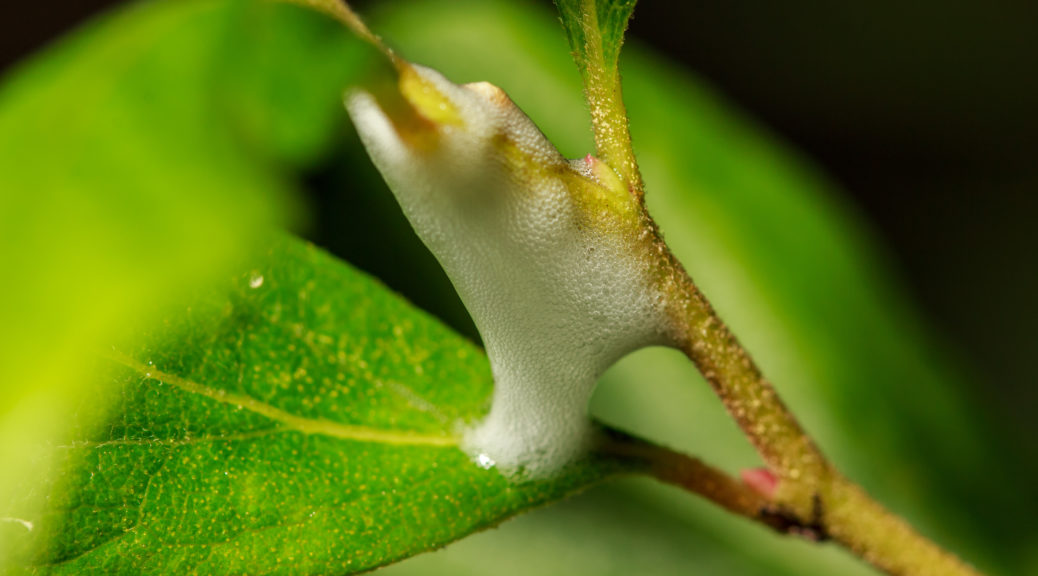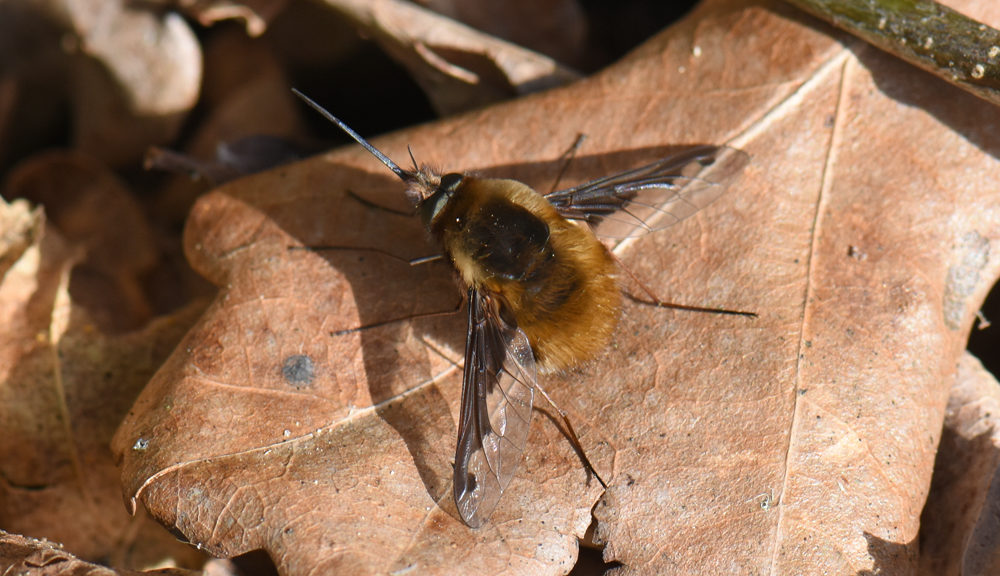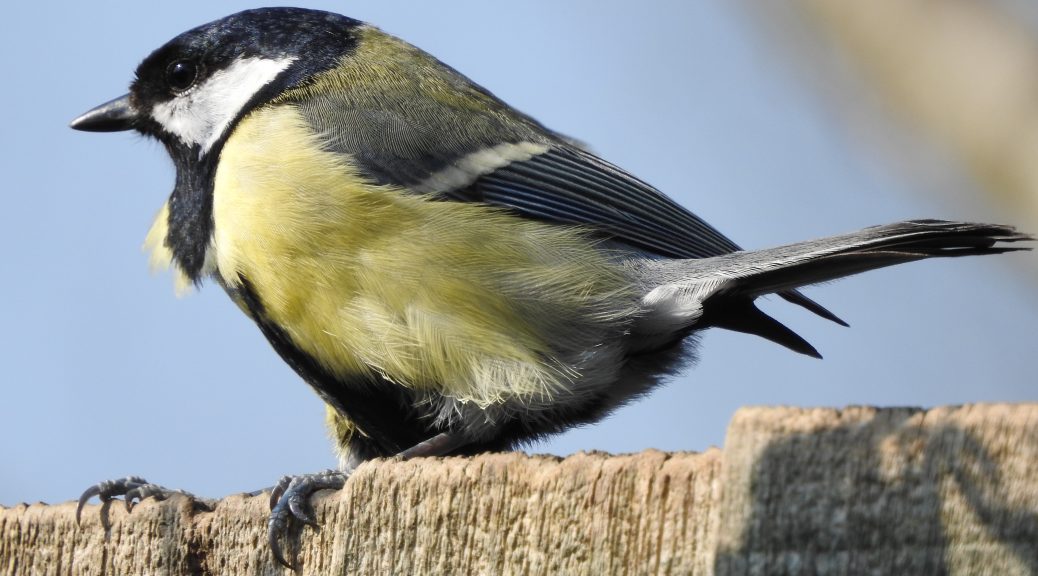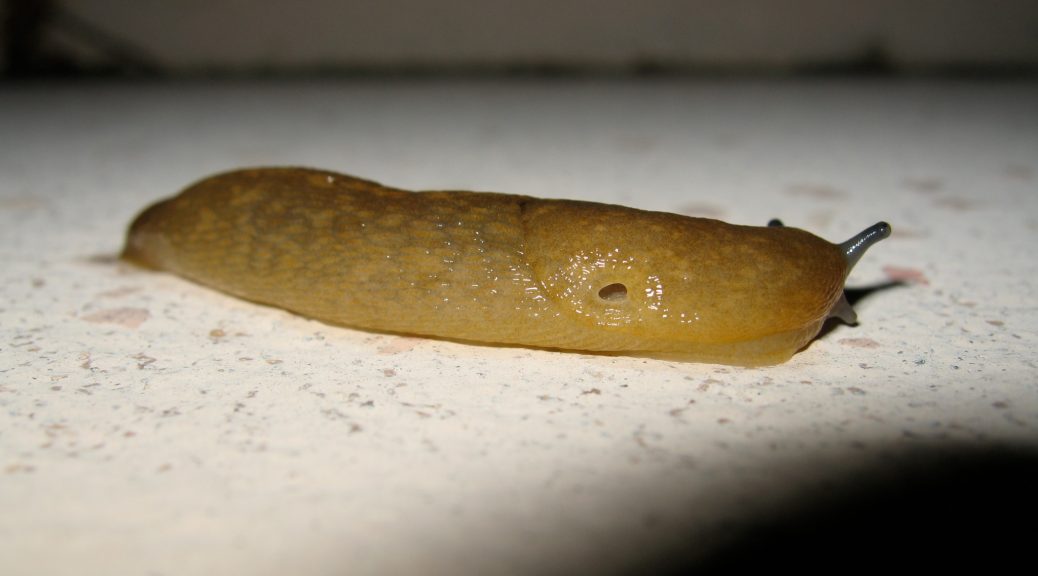The BBC News ask ever seen a blob of foam on a plant and wondered how it got there? The frothy spittle, sometimes called cuckoo spit, is actually a telltale sign that an insect known as the spittlebug is feeding on a plant.
Scientists are calling for thousands of volunteers to help record sightings of spittle and spittlebugs across the UK. The information will be used to map the distribution of the insect, in a pre-emptive strike against a deadly plant disease.
Photo of spittle from spittlebug by John Douglas under creative commons.




